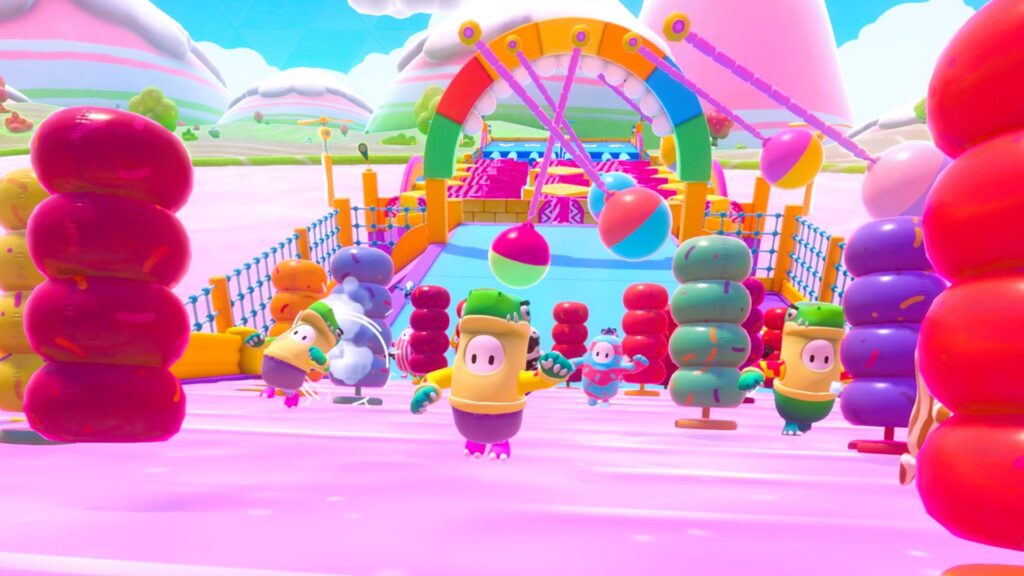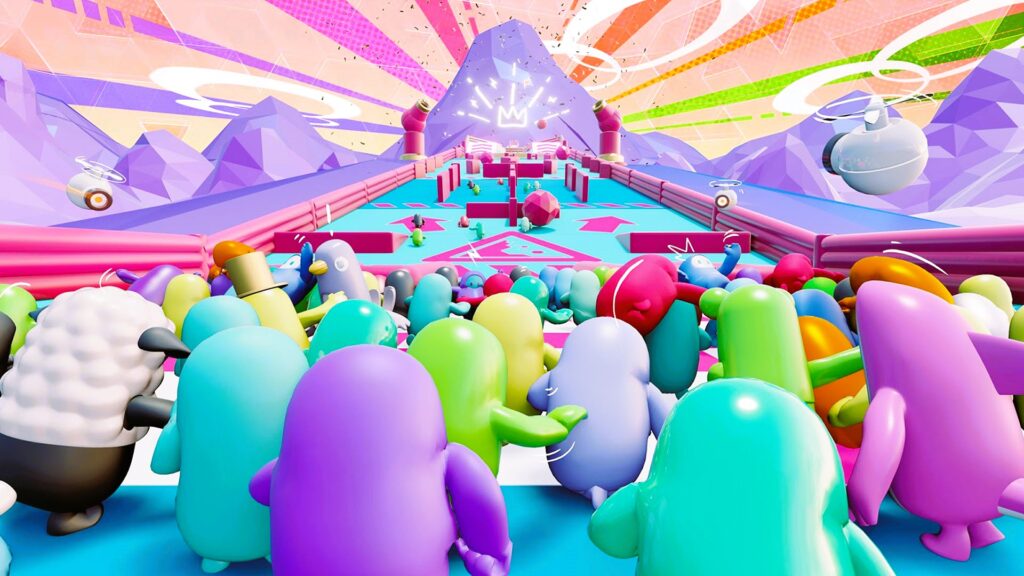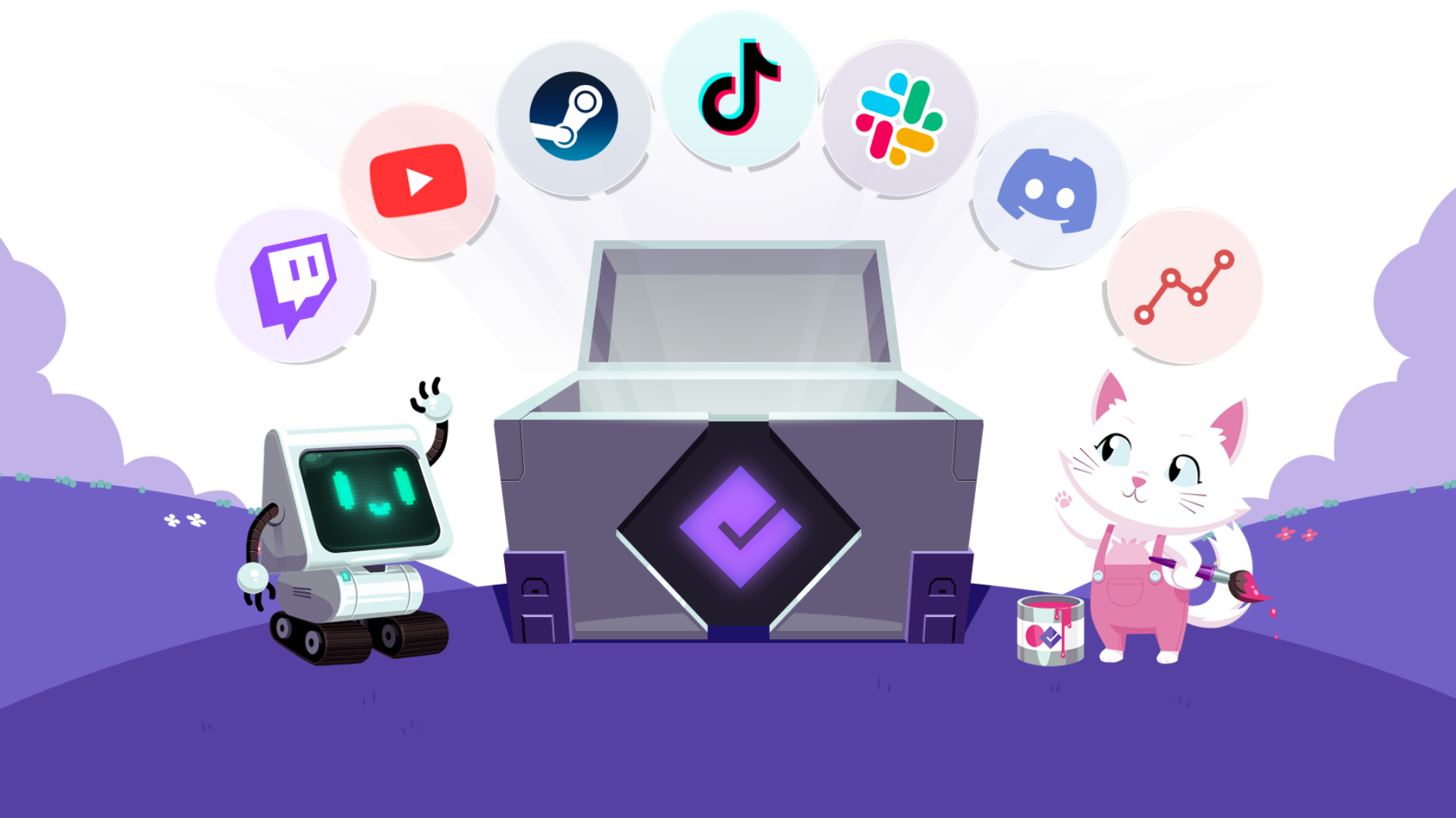In the competitive landscape of video games, few titles have made as significant an impact in a short time as Fall Guys: Ultimate Knockout. Released in August 2020 by Mediatonic and published by Devolver Digital, the game rapidly became a global phenomenon. Its unique blend of colorful visuals, chaotic gameplay, and accessible mechanics attracted millions of players. However, behind its success lies a well-crafted marketing strategy that effectively leveraged social media, influencer partnerships, and community engagement to create a viral marketing campaign. This article explores the key elements of Fall Guys’ marketing strategy and what other game developers can learn from it.
Understanding the Concept of Viral Marketing
Viral marketing refers to a strategy that encourages individuals to share a marketing message, creating the potential for exponential growth in the message’s exposure and impact. In the gaming industry, a successful viral marketing campaign can lead to heightened awareness, increased player engagement, and, ultimately, a surge in sales. For Fall Guys, this meant tapping into the power of social media and influencer culture to spread the word about their game.
Key Elements of Fall Guys‘ Viral Marketing Campaign

1. Social Media Engagement
One of the most significant components of Fall Guys’ marketing success was its active presence on social media platforms. Mediatonic used Twitter, Instagram, and TikTok to connect with players, share updates, and create buzz around the game.
Memes and Humor
The developers embraced the internet culture of memes, often sharing humorous posts and engaging in light-hearted banter with fans. Their playful tone resonated well with the gaming community, creating a friendly and approachable image for the brand. For example, they would frequently share memes related to the game’s chaotic nature, which encouraged players to share these posts further, amplifying the game’s visibility.
Engaging Content
Mediatonic also leveraged user-generated content by encouraging players to share their experiences through gameplay clips, memes, and fan art. This engagement not only provided a wealth of promotional material but also fostered a sense of community among players. By recognizing and celebrating the creativity of their player base, the developers strengthened their relationship with the community and encouraged ongoing participation.
2. Influencer Partnerships
Another critical aspect of Fall Guys‘ marketing strategy was its collaboration with influencers and content creators. The game gained significant traction on platforms like Twitch and YouTube, where popular streamers showcased the chaotic gameplay to their vast audiences.
Timing and Strategic Releases
Prior to the game’s official launch, Mediatonic sent out early access codes to select influencers, allowing them to play and stream the game before it was available to the general public. This strategy created excitement and anticipation, leading to substantial word-of-mouth promotion. The combination of engaging gameplay and charismatic streamers showcased Fall Guys’ charm and humor, drawing in new players eager to experience the game for themselves.
Challenges and Events
The developers also organized online events and challenges specifically for influencers, encouraging them to compete in hilarious and entertaining ways. By making these events fun and interactive, Mediatonic generated buzz and engagement, keeping Fall Guys trending on social media. We have collected the best practices for conducting a game competition and prize drawing.
3. Seasonal Updates and Content
To maintain player interest and engagement, Fall Guys introduced seasonal updates, offering new costumes, maps, and game modes. This strategy kept the game fresh and encouraged players to return regularly.
Themed Events
Seasonal updates often featured themed events, aligning with holidays or popular culture trends. For example, they held special events for Halloween and Christmas, providing unique costumes and challenges that encouraged players to participate. These events were heavily promoted on social media, creating a sense of urgency and excitement among players.
Player Feedback
Mediatonic actively sought player feedback to inform their updates and improve the overall gaming experience. By listening to their community, they demonstrated a commitment to continuous improvement and player satisfaction. This approach fostered a sense of ownership among players, as they felt their opinions were valued and influential in shaping the game.
4. Cross-Promotion and Collaborations
Mediatonic also explored cross-promotion opportunities with other popular games and franchises. Collaborations with titles like Sonic the Hedgehog and Doom allowed players to unlock themed costumes, attracting fans of those franchises to Fall Guys.
Expanding the Player Base
These collaborations not only attracted existing fans of those franchises but also introduced Fall Guys to new audiences. The marketing strategy of cross-promoting through well-known characters and brands created a broader appeal and enhanced the game’s visibility.
Lessons Learned from Fall Guys

The success of Fall Guys provides valuable insights for developers looking to create viral marketing campaigns. Here are some key takeaways:
1. Embrace Community Engagement
Developers should actively engage with their player community through social media, recognizing and celebrating user-generated content. Building a strong connection with players fosters loyalty and encourages ongoing participation.
2. Leverage Influencer Partnerships
Collaborating with influencers can significantly enhance a game’s visibility. By strategically timing early access and organizing engaging events, developers can create excitement and encourage players to share their experiences.
3. Introduce Regular Updates
Consistent updates keep the game fresh and encourage players to return. Developers should consider seasonal events and themed challenges to maintain interest and foster community engagement.
4. Explore Cross-Promotion Opportunities
Collaborating with other games and brands can expand a game’s reach and attract new audiences. Developers should explore potential partnerships that align with their brand values and target demographics.
Fall Guys: Ultimate Knockout serves as a prime example of how effective marketing strategies can elevate a game’s visibility and success. By leveraging social media engagement, influencer partnerships, seasonal updates, and cross-promotion, Mediatonic crafted a viral marketing campaign that resonated with players worldwide. As the gaming industry continues to evolve, developers can learn valuable lessons from Fall Guys to create their own successful marketing campaigns.
For more insights on marketing strategies and industry standards, check out Wikipedia.

